Explore the best places
Discover new places in Tomar
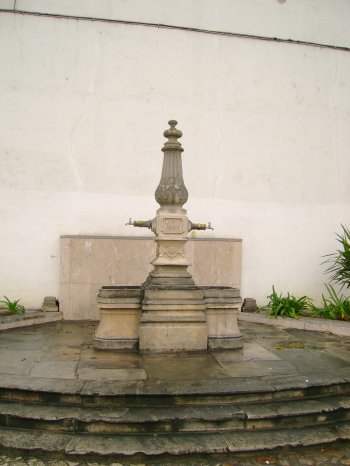
Ermida de São Gregório
- heritage
Estrada do Prado
2300-908, Tomar
16th-century temple with octagonal plant in main body, chancel and vestry. Is semicircundado by a porch. Highlight a Manueline portal and tile historian of the 18th century. The nave is surmounted by a balcony with shots at the vertices of the Octagon; the domed cover is topped by a weather vane with the cross. The door of the chapel of verga and door jambs with Manueline decoration rips in front of the high altar. The altar is surmounted by three niches, one with the image of Saint Gregory Nanzianzeno. In the chancel are the enxaquetados tiles and white beaded the …
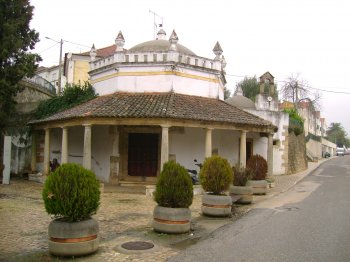
Antigo Convento dos Capuchos / Quinta da Anunciada Velha
- heritage
Quinta da Anunciada Velha
3205-432, Tomar
Farm with traces of a primitive construction and a murária structure that maybe part of the old dormitory of the Friars and the site of the former Franciscan convent cloister. Featured for the whole tank and of the Oratory in the courtyard, which is a rare example of Manueline monastery garden.
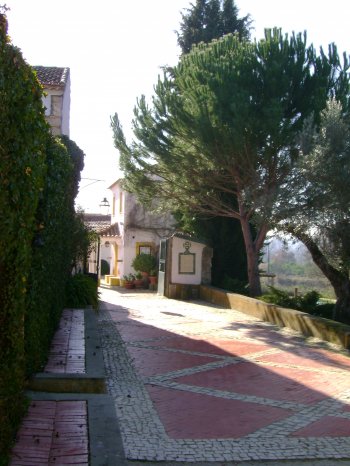
Igreja de Nossa Senhora da Conceição
- heritage
Largo de Nossa da Conceição
2300, Tomar
It is one of the last works of John Castillo, Spanish architect born in 1475. The completion of the chapel took place in 1572-1573, designed to become the Pantheon of Dom João II. The building reflects the influence of Italian classicism in Portugal. This little chapel has three naves defined by Corinthian columns. Features flat pediments on the façade and in the transept and the entablature supported on Ionic pilasters of the corners. The inner harmony and domed cover with crafts.
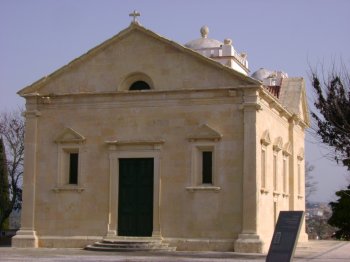
Casa de Quental
- heritage
Rua do Quental, 12-20
2300, Tomar
Manor of Mannerist style, with the ground floor as a service zone and the upper floor housing zone. The Porch of the House presents a set of columns embedded in the walls and the facade or the wall that closes the balcony, in your corner a column semi-detached and located near unusual in taking. Highlights also include the twin pillows of common moth to some existing ones.
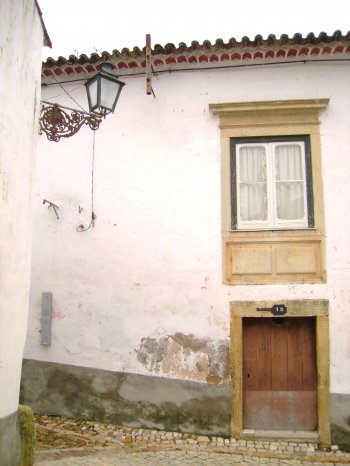
Edifício da Geradora
- heritage
Rua de João Carlos Everard
2300-561, Tomar
One of the pioneers of the country's electrification examples from hydropower. On the outside of the building, above the River, there is still a high brick chimney, which was once connected to a steam engine. In that place there was the mill of Pedro de Évora, a Mills belonging to the order of Christ. The city of Tomar was originally lit by 150 16 lamps, candles lit since midnight at dusk, except on moonlit nights, in which the intensity of the lamps was halved.
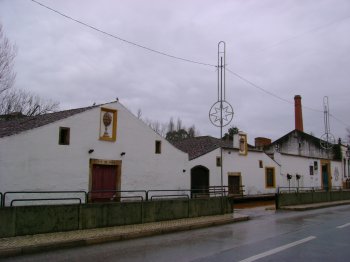
Casa Vieira Guimarães
- heritage
Praceta de Olivença
2300-592, Tomar
Located in the heart of historic Tomar, this revival of 1922 building was once the residence of historian Vieira Guimarães. It has two floors and an octagonal tower topped by pyramidal Spire. The Manueline 19TH century revival is notorious in the mullioned and decorative motifs.

Edifício dos Estaus
- heritage
Rua dos Arcos
2300-574, Tomar
Once a building built by the Infante Dom Henrique, these are the only traces of medieval Estaus (hostels) in Portugal. Currently there are only five large ogival arches incorporated into nearby buildings.
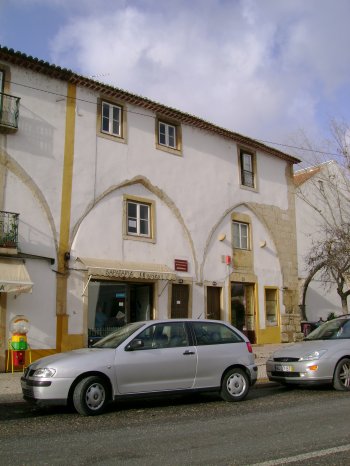
Solar dos Calça Perra / Solar Tassos de Figueiredo
- heritage
Rua de Pedro Dias, 57
2300-589, Tomar
16TH century manor with many architectural elements, such as highlighting the Windows with cushions and the divergent and architrave Corbels eave triple, single from the historic centre of Tomar. There is also a backyard well coated oval-shaped stone.
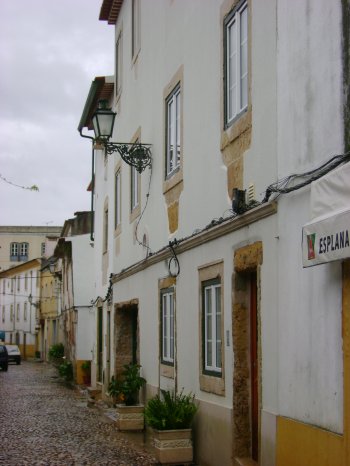
Capela de São Lourenço
- heritage
Avenida Dom Nuno Álvares Pereira
2300-411, Tomar
The chapel was built in the 16th century and founded by Aires Quental. Consists of the nave, porch, semicircular apse and sacristy. Inside stands the tiled flooring type "enxaquetado" and "Mudejar", 16TH century, located in front of the altar. The default next to the Chapel is a monument commemorating the passage of Portuguese troops on their way to the battle of Aljubarrota. The default marks the junction, at that location, the armies of John I and the Constable, on the day of Saint Lawrence.
